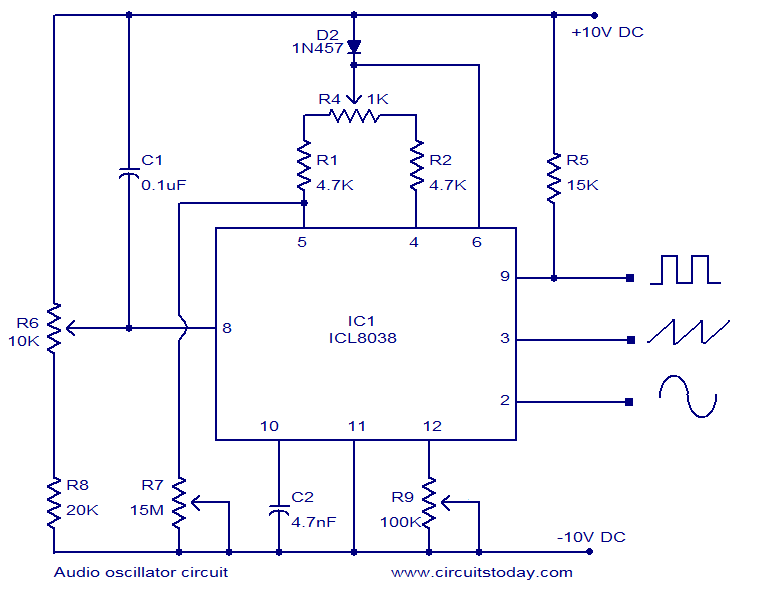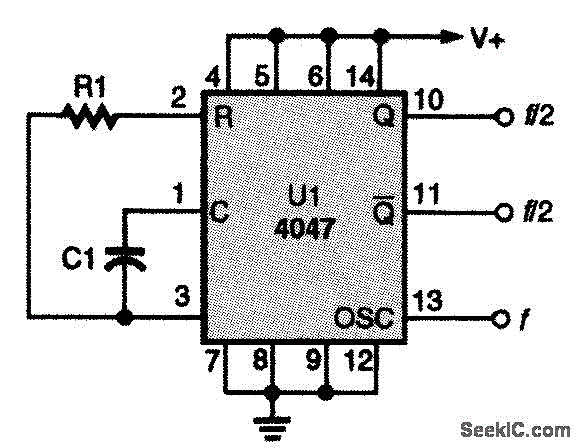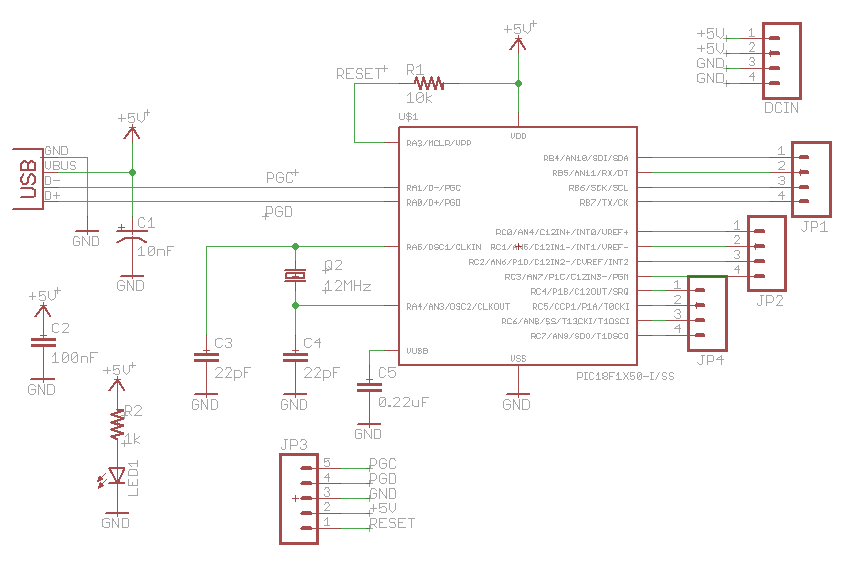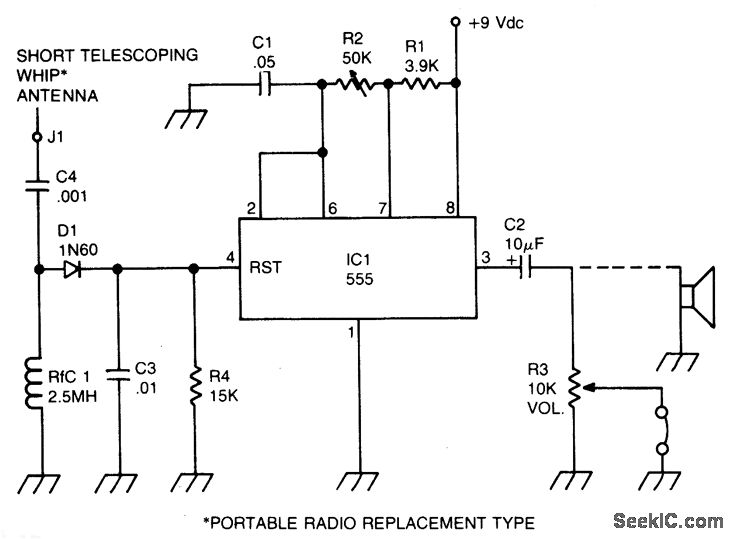
Crystal oscillator using TTL

The circuit operates using binary signal statuses of "1" and "0". It also incorporates a frequency generator.
The circuit described utilizes a binary signaling system, which is fundamental in digital electronics. The binary states "1" and "0" represent the two possible conditions of the circuit, typically corresponding to high (on) and low (off) states, respectively. This binary operation is crucial for various applications, including digital communication, data processing, and control systems.
In addition to the binary signaling, the inclusion of a frequency generator allows for the production of oscillating signals at specified frequencies. Frequency generators are essential components in many electronic systems, providing clock signals for synchronous operations, generating audio tones, or serving as carriers for modulated signals in communication systems.
The design of the frequency generator may involve components such as resistors, capacitors, and oscillators, which work together to establish the desired frequency output. The output from the frequency generator can be interfaced with other parts of the circuit, such as logic gates or microcontrollers, to achieve specific functions based on the generated signal.
Overall, the integration of binary signaling with a frequency generator enhances the versatility and functionality of the circuit, enabling it to perform a wide range of tasks in electronic applications.I like the circuit, because it is good and enjoy. It just the signal status ""1"" and ""0"" only. And frequency generator is.. 🔗 External reference
The circuit described utilizes a binary signaling system, which is fundamental in digital electronics. The binary states "1" and "0" represent the two possible conditions of the circuit, typically corresponding to high (on) and low (off) states, respectively. This binary operation is crucial for various applications, including digital communication, data processing, and control systems.
In addition to the binary signaling, the inclusion of a frequency generator allows for the production of oscillating signals at specified frequencies. Frequency generators are essential components in many electronic systems, providing clock signals for synchronous operations, generating audio tones, or serving as carriers for modulated signals in communication systems.
The design of the frequency generator may involve components such as resistors, capacitors, and oscillators, which work together to establish the desired frequency output. The output from the frequency generator can be interfaced with other parts of the circuit, such as logic gates or microcontrollers, to achieve specific functions based on the generated signal.
Overall, the integration of binary signaling with a frequency generator enhances the versatility and functionality of the circuit, enabling it to perform a wide range of tasks in electronic applications.I like the circuit, because it is good and enjoy. It just the signal status ""1"" and ""0"" only. And frequency generator is.. 🔗 External reference





